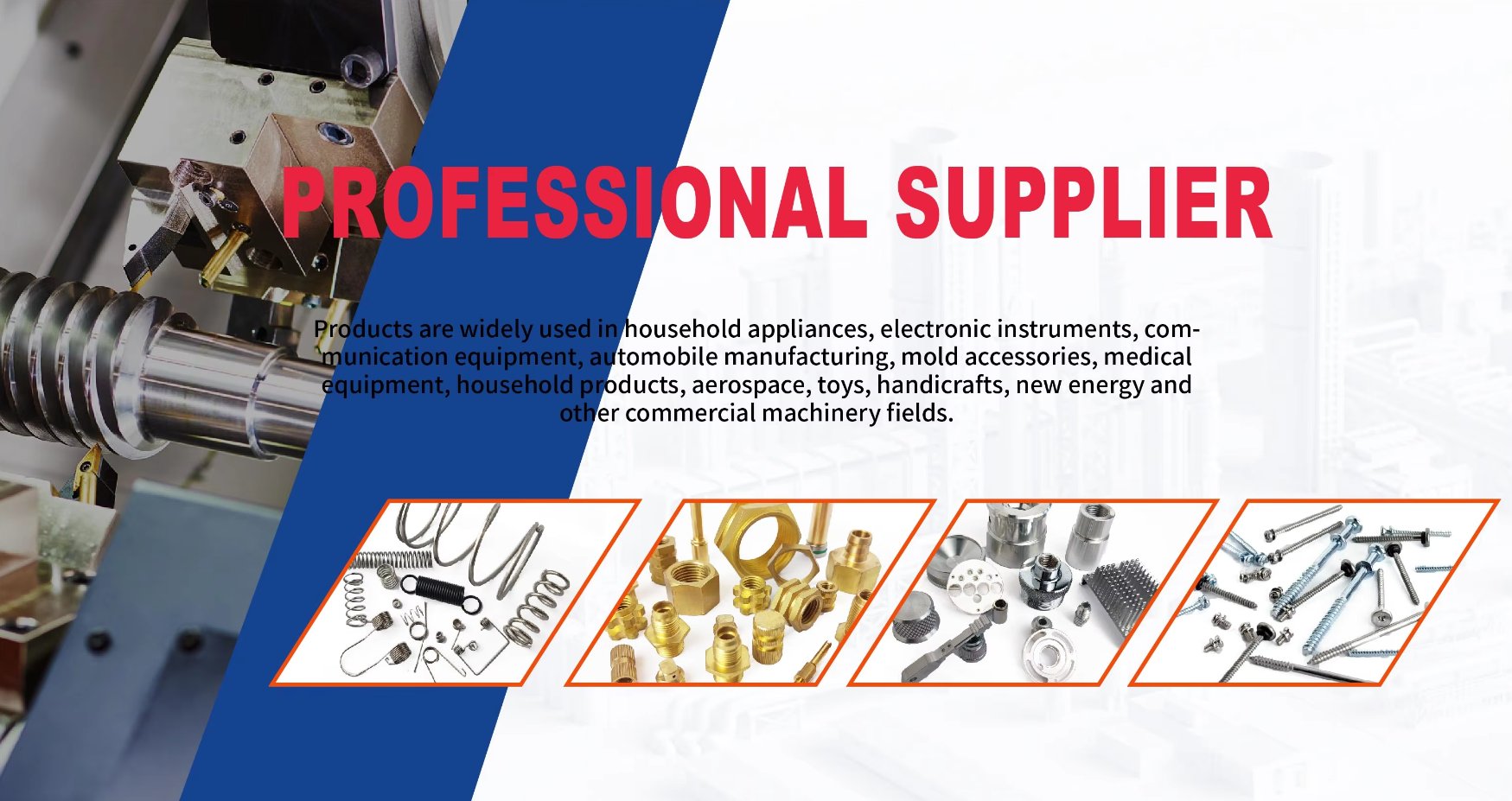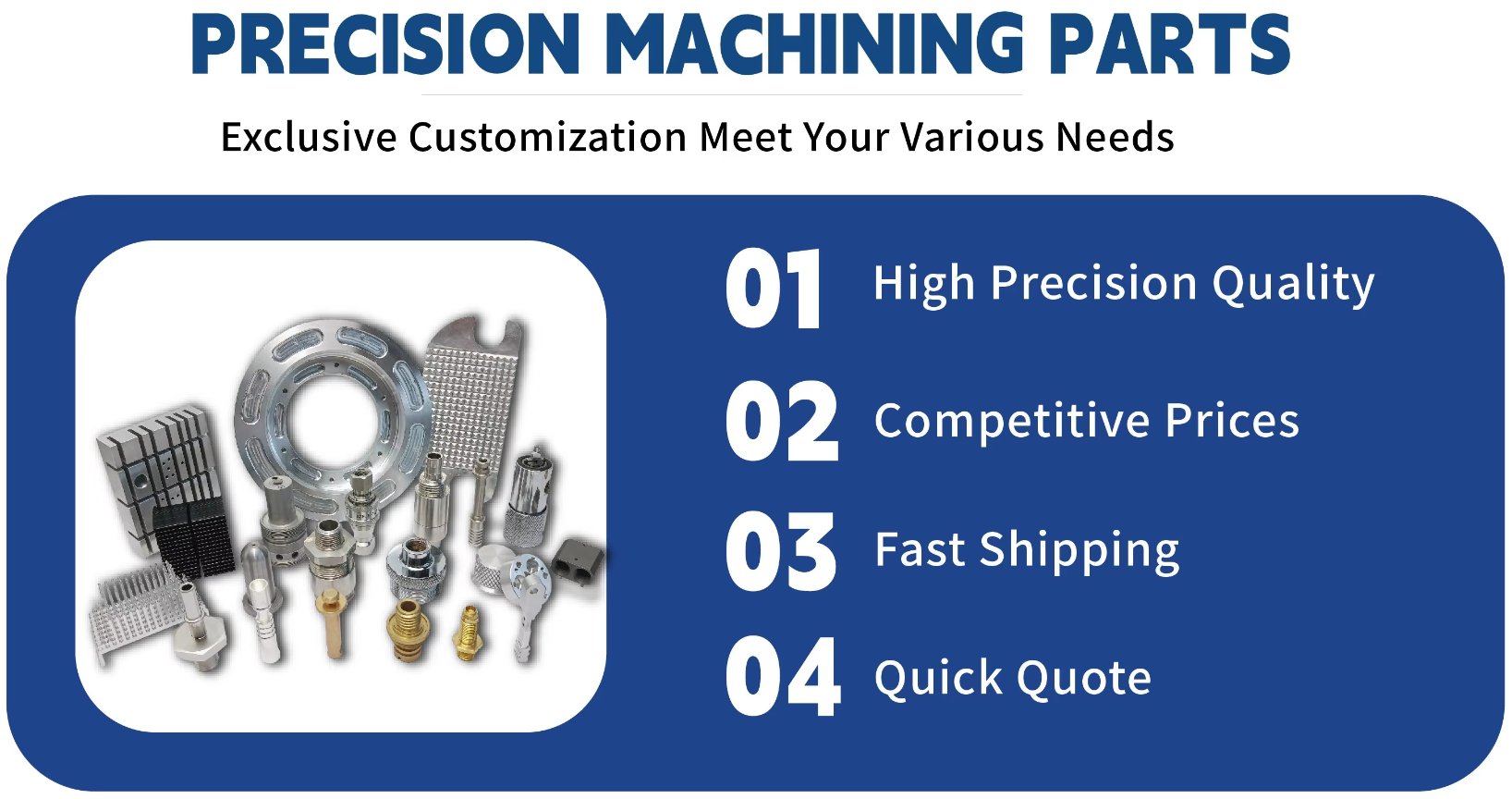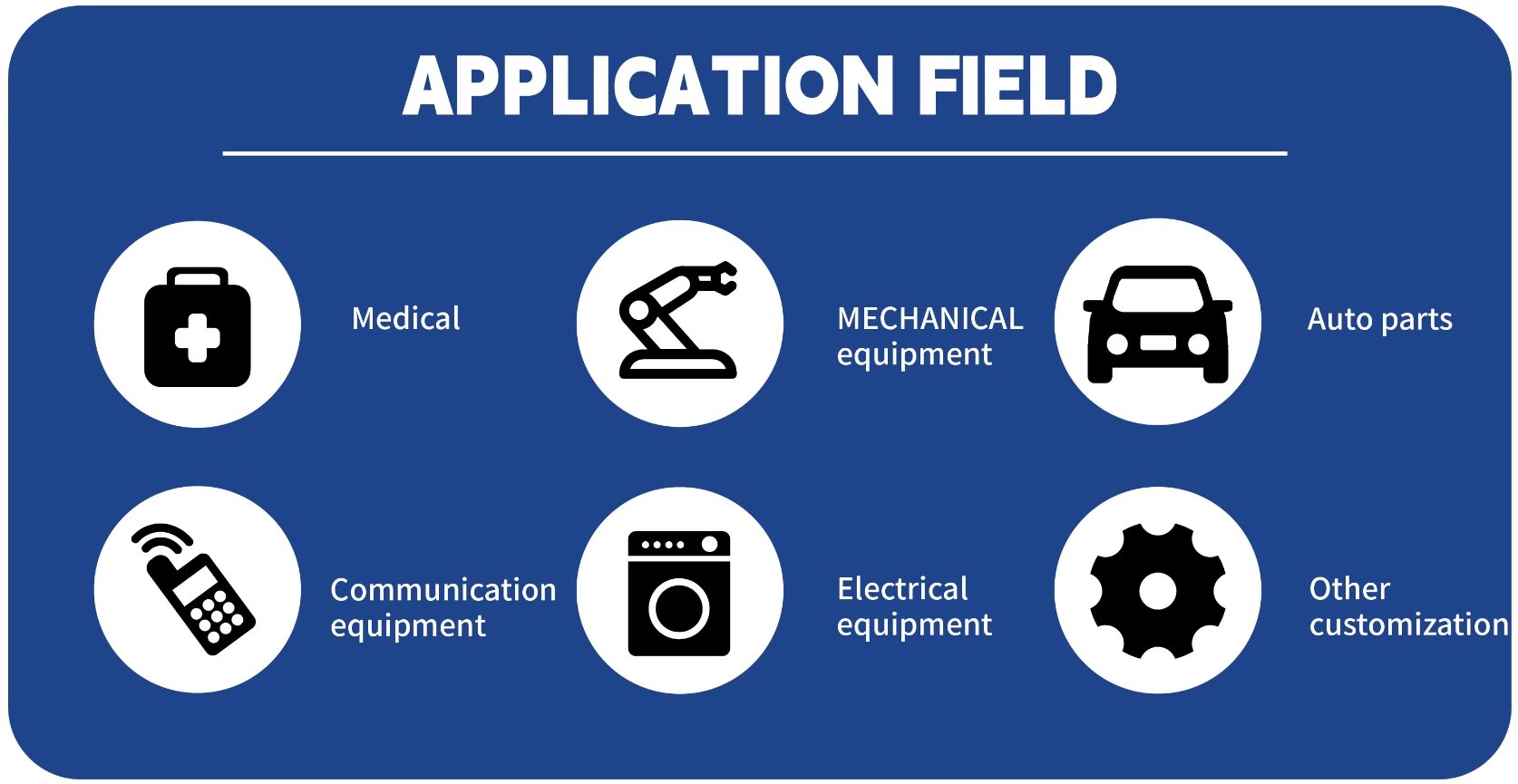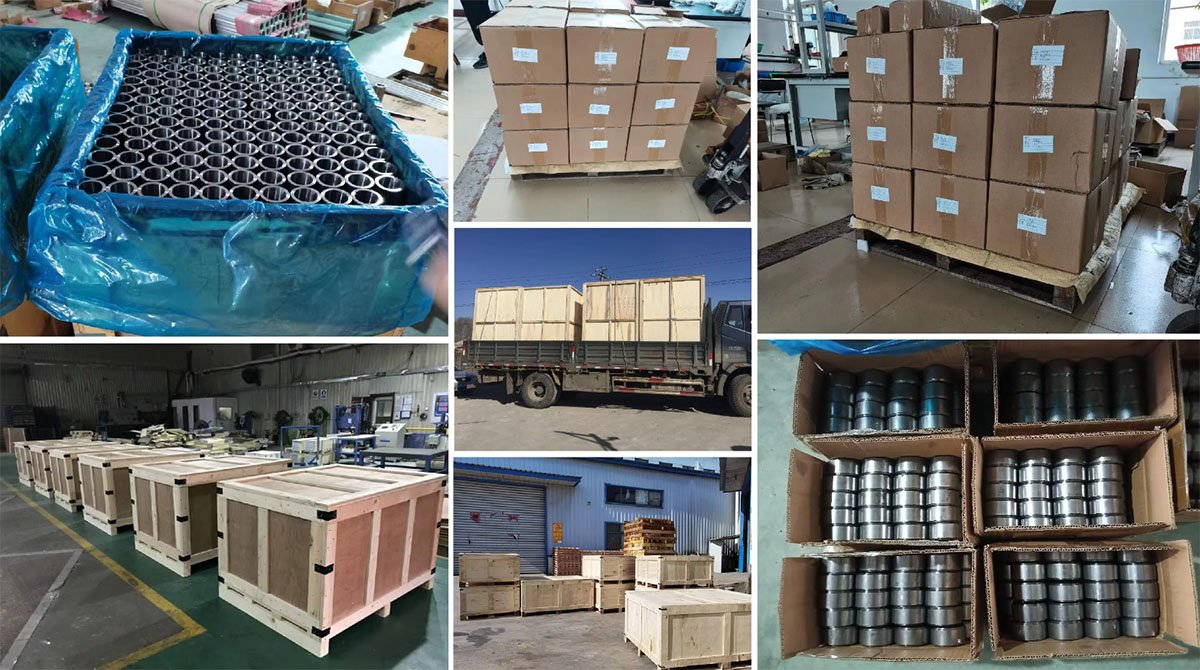• High Precision:One of the primary features of precision machining is its high degree of accuracy. By utilizing advanced machining equipment and processes, precise control over part tolerances can be achieved, often reaching micrometer or even nanometer levels. This level of precision is essential for industries such as aerospace, aviation, and precision instrumentation.
• Excellent Surface Quality:Precision machining enables precise control over the surface quality of parts. By optimizing processing parameters and techniques, extremely low surface roughness and highly consistent finishes can be achieved. This high surface quality is crucial for applications in optics, electronics, and medical devices.
• High Flexibility:Precision machining exhibits broad applicability, capable of integrating with various materials and processing techniques to create parts of diverse shapes, sizes, and compositions. This flexibility allows precision machining to cater to the needs of diverse industries and applications.
• High Efficiency:With the advancements in automation and intelligence technology, precision machining has achieved a high level of automation and intelligence. By employing numerical control technology, automated inspection, and other methods, the processing process can be precisely controlled and optimized, leading to increased efficiency and reduced production costs.
• Environmental Friendliness:Precision machining emphasizes environmental protection and sustainable development. By adopting advanced equipment and processes, waste and emissions during processing can be minimized, reducing the impact on the environment.


Detailed introduction of SMC cylinder
There are many types of buffer devices for SMC cylinders, and the above is only one of them. Of course, measures can also be taken in the pneumatic circuit to achieve the purpose of buffering. Combination Combination cylinders generally refer to air-liquid damping cylinders and air-liquid booster cylinders formed by the combination of air cylinders and hydraulic cylinders. As we all know, the working medium used by air cylinders is usually compressed air, which is characterized by fast action, but the speed is not easy to control. When the load changes greatly, it is easy to produce "creeping" or "self-propelled" phenomena; while the working medium used by hydraulic cylinders is hydraulic oil, which is generally considered to be incompressible. Its characteristics are that the action is not as fast as the air cylinder, but the speed is easy to control. When the load changes greatly, if appropriate measures are taken, it will generally not produce "creeping" and "self-propelled" phenomena. The air cylinder and the hydraulic cylinder are cleverly combined to complement each other, which becomes the air-liquid damping cylinder commonly used in pneumatic systems. The working principle of the air-liquid damping cylinder is shown in Figure 42.2-5. It is actually a series connection of an air cylinder and a hydraulic cylinder, and the two pistons are fixed on the same piston rod. The hydraulic cylinder does not need a pump to supply oil, as long as it is filled with oil. A hydraulic one-way valve, a throttle valve and an oil replenishing cup are installed between the inlet and outlet. When air is supplied to the right end of the cylinder, the cylinder overcomes the load and drives the hydraulic cylinder piston to move to the left (the left end of the cylinder is exhausted). At this time, the left end of the hydraulic cylinder discharges oil, the one-way valve is closed, and the oil can only flow into the right chamber of the hydraulic cylinder and the oil cup through the throttle valve. At this time, if the throttle valve port is opened wide, the oil discharge from the left chamber of the hydraulic cylinder is smooth, and the movement speed of the two pistons is fast. Conversely, if the throttle valve port is closed, the oil discharge from the left chamber of the hydraulic cylinder is blocked, and the movement speed of the two pistons will slow down. In this way, by adjusting the size of the throttle valve opening, the movement speed of the piston can be controlled. It can be seen that the output force of the gas-liquid damping cylinder should be the difference between the force (thrust or pull) generated by the compressed air in the cylinder and the damping force of the oil in the hydraulic cylinder.
Our quality assurance.
We have professional production equipment and management experience.
Can guarantee high-quality products for customers
















As always they do amazing work that never disappoints! Highly recommended manufacturer.
Very happy with the results of this order, we had great service and quality. Looking forward to future cooperation